Table of Contents
Toggle25th Amendment of the Constitution
- In case of the removal of the President from office or of his death or resignation, the Vice President shall become President.
- Whenever there is a vacancy in the office of the Vice President, the President shall nominate a Vice President who shall take office upon confirmation by a majority vote of both Houses of Congress.
- Whenever the President transmits to the President pro tempore of the Senate and the Speaker of the House of Representatives his written declaration that he is unable to discharge the powers and duties of his office, and until he transmits to them a written declaration to the contrary, such powers and duties shall be discharged by the Vice President as Acting President.
- Whenever the Vice President and a majority of either the principal officers of the executive departments or of such other body as Congress may by law provide, transmit to the President pro tempore of the Senate and the Speaker of the House of Representatives their written declaration that the President is unable to discharge the powers and duties of his office, the Vice President shall immediately assume the powers and duties of the office as Acting President.
Thereafter, when the President transmits to the President pro tempore of the Senate and the Speaker of the House of Representatives his written declaration that no inability exists, he shall resume the powers and duties of his office unless the Vice President and a majority of either the principal officers of the executive department or of such other body as Congress may by law provide, transmit within four days to the President pro tempore of the Senate and the Speaker of the House of Representatives their written declaration that the President is unable to discharge the powers and duties of his office. Thereupon Congress shall decide the issue, assembling within forty-eight hours for that purpose if not in session. If the Congress, within twenty-one days after receipt of the latter written declaration, or, if Congress is not in session, within twenty-one days after Congress is required to assemble, determines by two-thirds vote of both Houses that the President is unable to discharge the powers and duties of his office, the Vice President shall continue to discharge the same as Acting President; otherwise, the President shall resume the powers and duties of his office.
Loading ...
United States Constitution
The United States Constitution is the oldest constitution in the world still in active use, written in 1787 and ratified in 1788.
Widely considered one of the best constitutions ever written, the US Constitution is comprised of 7 different sections known as articles and contains 27 amendments.
The 25th Amendment, ratified on February 10, 1967, contains four sections and details the process and order of presidential succession dealing with vacancies in the presidential and vice-presidential roles.
25th Amendment – Overview
The original United States Constitution was very ambiguous about what to do when a president or vice president is removed from office either temporarily or permanently.
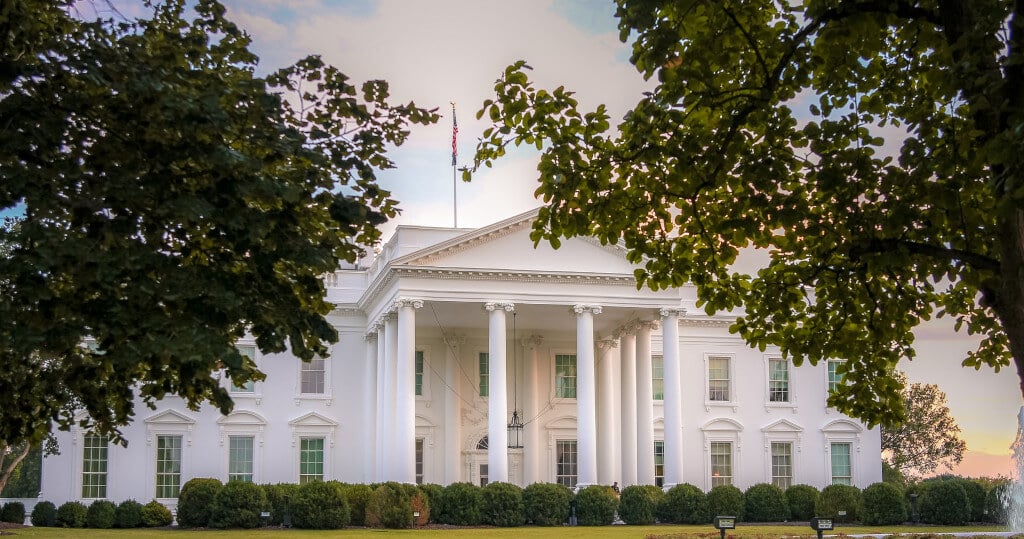
It was only specified that if the president was no longer able to perform their duties, the vice president would take over the president’s duties, and Congress could also remove both the president and vice president from office.
Congress could then appoint an officer to function as president until a new election period, or the president was able to resume their role.

Get Smarter on US News, History, and the Constitution
Join the thousands of fellow patriots who rely on our 5-minute newsletter to stay informed on the key events and trends that shaped our nation's past and continue to shape its present.
Loopholes existed within the constitution’s wording, such as how to replace a vice president if the president was still in office or the process of assigning temporary authority to the vice president if the president became temporarily disabled.
A more specific process for presidential succession was needed to avoid chaos and confusion in case of future vacancies in these offices.
Section 1
Section 1 states that if the president is removed from office due to death or resignation, the vice president becomes president.

While the original wording of the United States Constitution does say that the vice president retains the role of president if the president is removed from office, the wording is a little unclear and ambiguous.
There was a further stipulation that Congress could remove the president and vice president from office and appoint another officer to function as president.
This seemed to grant Congress the power to prevent the vice president from taking over the president’s roles if the president was removed from office.
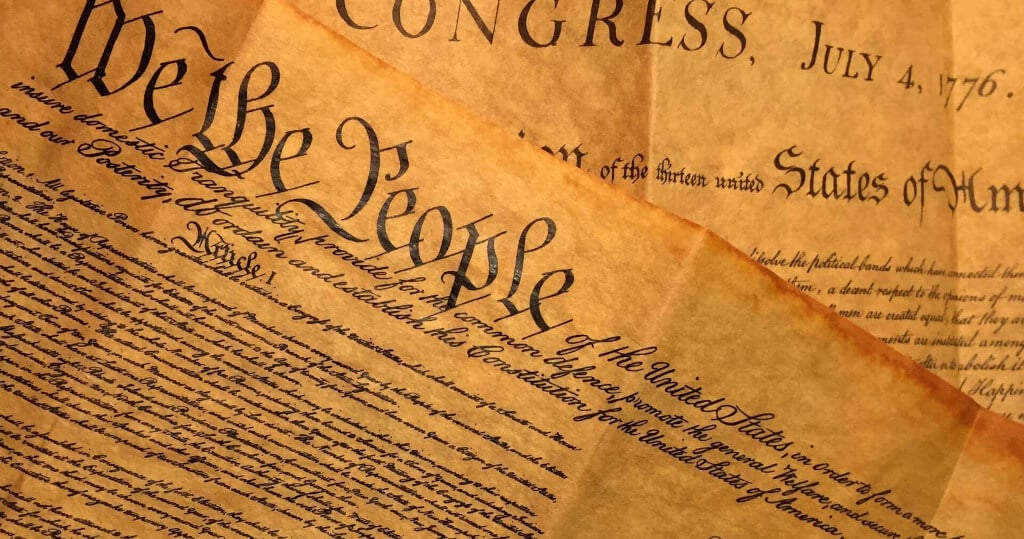
Section 2
Section 2 states that if there is a vacancy in the role of vice president, the president will nominate another vice president that a majority vote must approve of both the House and the Senate.
Section 3
Section 3 details the process of a president voluntarily suspending their duties as president.
It states that the president must make a written declaration to the President Pro Tempore of the Senate and Speaker of the House of Representatives.
Once a president does this, the vice president takes on the role of acting president.

Section 4
Section 4 details the process of a president involuntarily having their duties suspended if they are unable to submit a written declaration.
In a situation such as this, the vice president and a majority of officials in the executive departments or another body specified by law if Congress so chooses must provide a written declaration to the President Pro Tempore of the Senate and Speaker of the House of Representatives that the president is unable to perform their duties.

Section 4 further stipulates that the president can resume their role as president by a written declaration to the President Pro Tempore of the Senate and Speaker of the House of Representatives their ability to do so.
That is unless the vice president and a majority of executive officers or another body specified by law state within four days that the president cannot perform his duty.
In this case, Congress must convene within 48 hours to decide the issue if not in session and then decide the matter within 21 days.

Should the House and Senate determine by at least a 2/3s vote that the president is unable to perform their duties, the vice president will continue as acting president and exercise presidential power.
If the House and Senate do not reach a 2/3 vote, the president will resume their duties.
The 25th Amendment in Use
The 25th Amendment was ratified in February of 1967. It was first used in 1973 following the resignation of Vice President Spiro Agnew.
President Richard Nixon nominated Congressman Gerald Ford of Michigan to fill the vacancy left by Agnew.
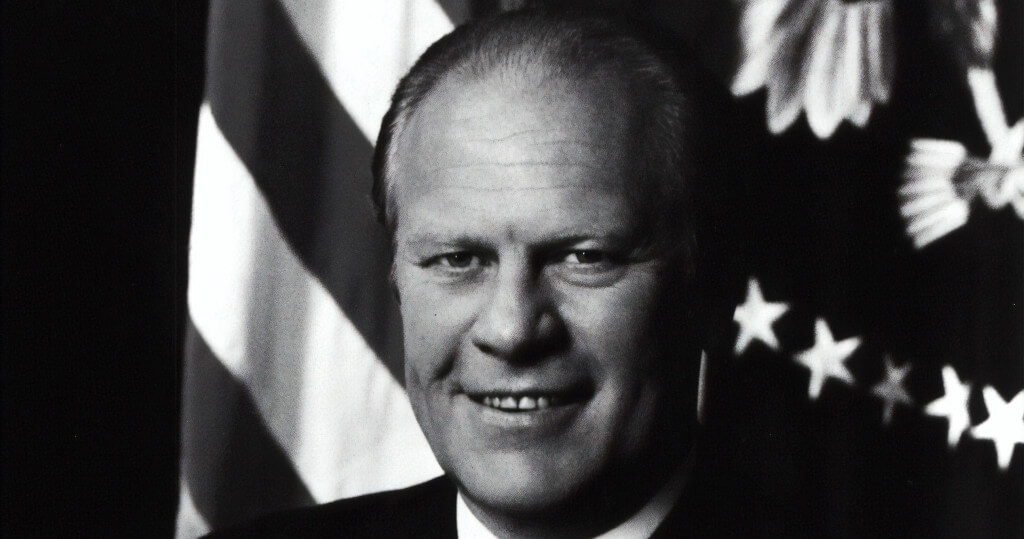
It was used again less than a year later when Vice President Ford replaced President Nixon after his resignation following the Watergate scandal. Ford nominated Nelson Rockefeller as his vice president.
In more recent years, House Democrats called on Vice President Pence and the Cabinet to invoke the 25th Amendment in a failed attempt to remove President Trump from office. Republicans have made similar calls against Joe Biden.
https://www.law.cornell.edu/constitution/amendmentxxv
https://constitution.congress.gov/constitution/article-2/
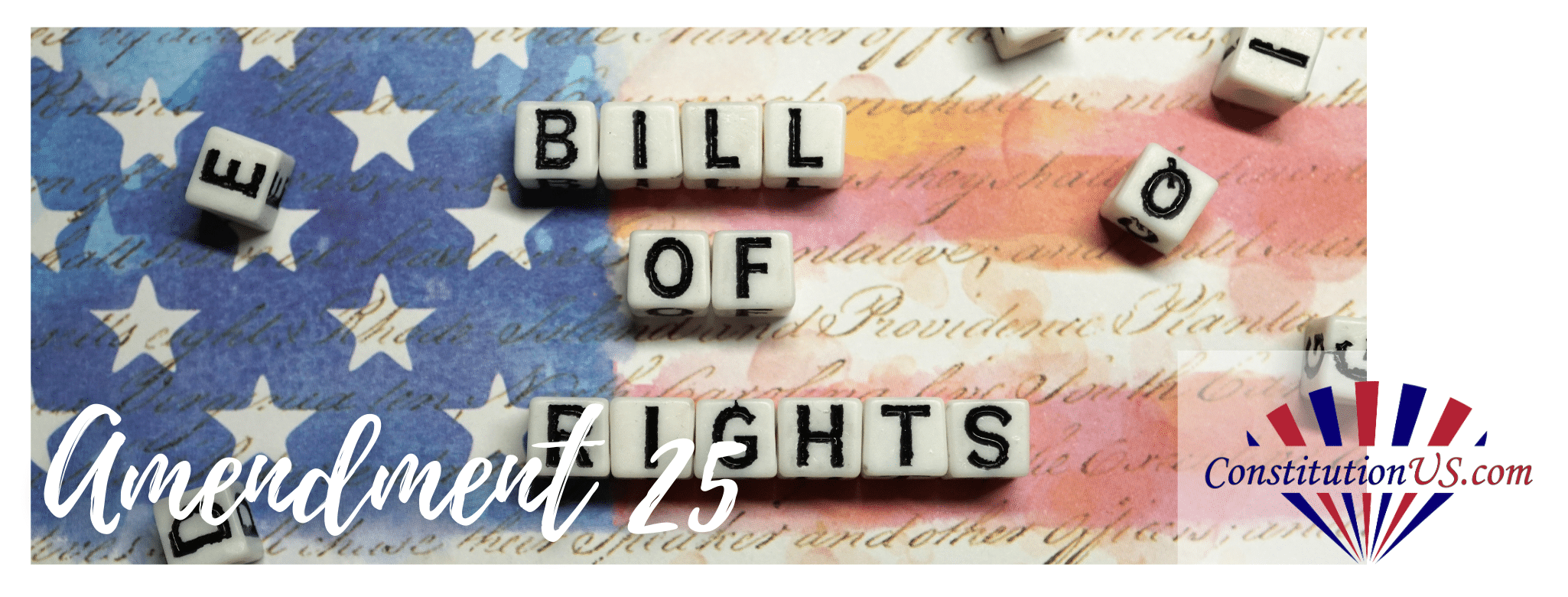
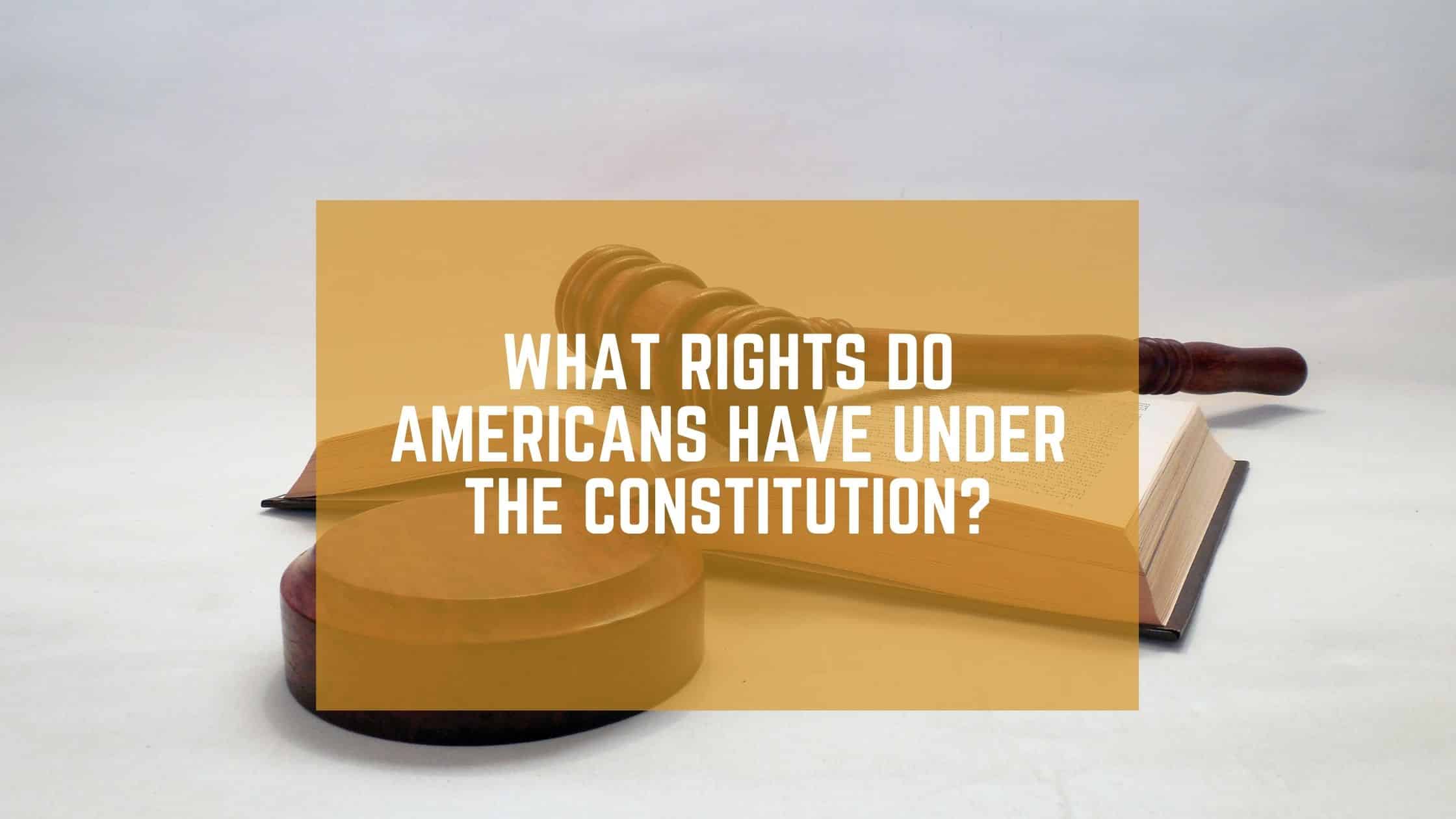









6 Responses
I see some Republicans are calling for the use of the 25th Amendment to remove Biden. They really need to brush up on the Constitution to see how that works
Is Biden mentally ill, in your opinion, or not?
I feel from my experiences in life hes had a undiagnosed stroke
Yes…………
The present president knows death to Americans is crossing the southern border yet he denies that is happening. Even when we all know that thousands are dying from fentanyl. THAT is undeniable. The President abandoned thousands of Afghans that helped our troops in Afghanistan. Yet he denies that he abandoned them. He also Abandoned numerous Americans in Afghanistan. He denies that by saying they decided they wanted to stay in Afghanistan. The president watched thousands of Americans die of covid and he says it was someone elses fault. The president sits back and watches thousands die in Ukraine yet he denies Ukraine the use of jets to protect themselves. The president says there is no inflation when most all financiers say he is wrong. The president is dealing with Iran when he knows someday Iran may attack the USA. The president says the border is under control and he knows better OR SHOULD know better. Anyhoa I could go on with 8 or ten more denials by Joe Biden All of them dangerous to the safety of every man woman and child in ther USA and elsewhere but I have mentioned enough for now and I hope you start to use common sense about the presidents stability. It is up to the VP to start the 25th amendment proceedings if she relly cares about her country and ours. Everything I have stated can be proved by reading or watching the news and other programs. It is time to use section 4 of the 25th amendment of the Constitution. It is time the president goes before WE ALL GO.
President Biden has had two (2) aneurism’s which undoubtedly caused some brain damage. The man should never have been qualified to even run as a candidate for the Presidency. His policies and willful violation of our Constitution and Law’s pertaining to immigration, have endangered every single United States Citizen and caused numerous deaths of “immigrants” trying to enter our Country. He is compromised through his illegal business dealing’s with his son and has repeatedly lied about that as well. This man needs to be removed from office along with his “President” (used sarcastically in place of Vice President Harris.) It’s time we go back to the original text of the Constitution and have to vote for the Vice President the same way we vote for the President, or select the VP by selecting a candidate who garnered the second most approval during the Primary. It’s wrong to allow the President Elect to choose his own VP without any other input or vote.